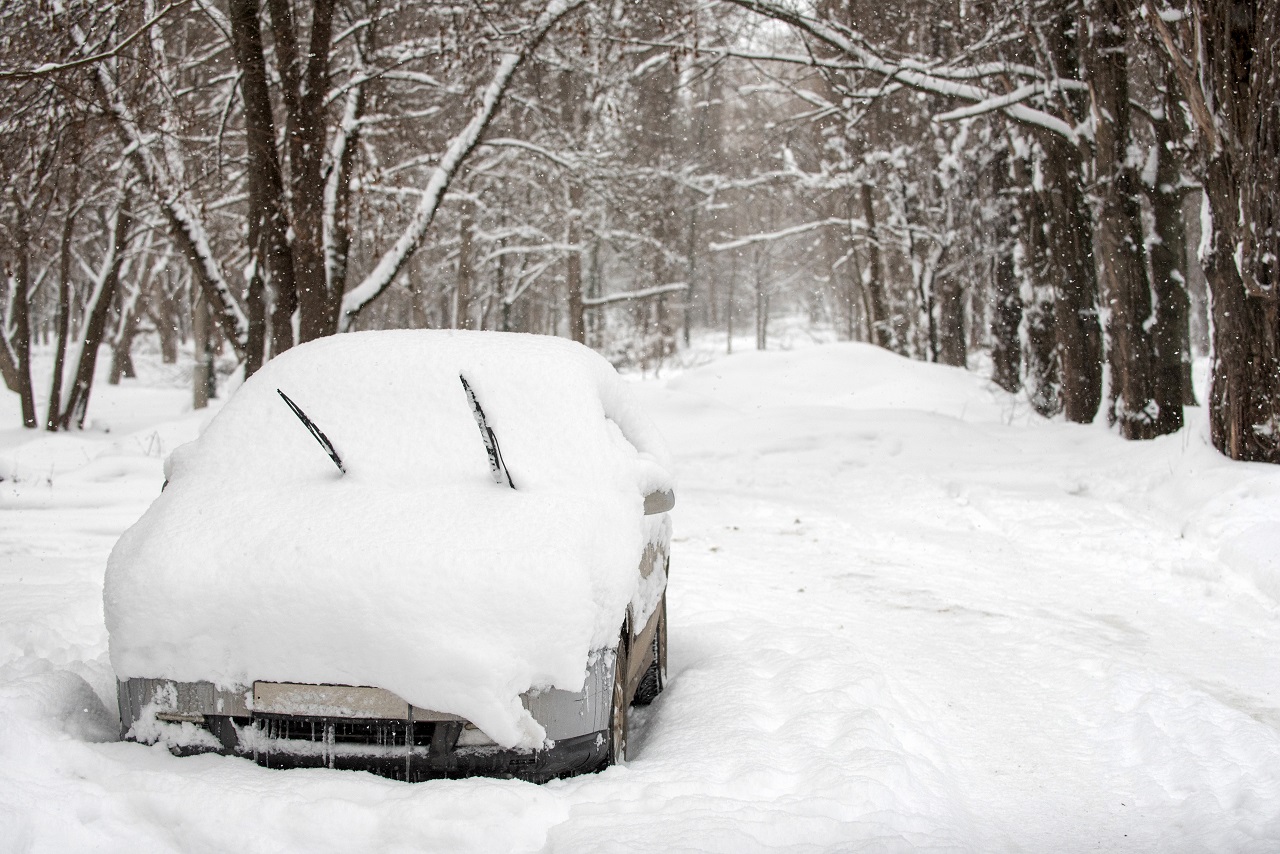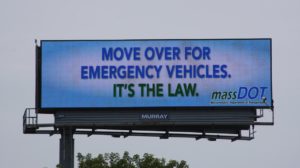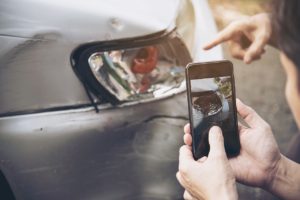Accidents can happen at any time, anywhere and – as our insurance friends tell us – from literally hundreds of different reasons.
One definitive factors that increases the risk of an accident is inclement weather. In this post, we’ve compiled some tips on how you can safely drive through various bad weather conditions.
Icy Or Snowy Roads
Tip #1: Slow Down
Snowy and icy roads are known to be slippery even if you have the right tires for that season. The best thing to do here is to slow down your speed. Cut back about 10 miles per hour the speed limit. If you still feel like it is difficult to control your vehicle, you can slow down even more to gain more control over your car on icy roads.
Black ice is another thing to watch out for. This can be difficult to spot so the only way to work around them is to slow down. Some claim that you can see them when the headlights reflect of the road at night but it is still difficult to tell.
Tip #2: Don’t Tailgate
Between you and the car in front of you, you should make sure that there is more than enough space so that when the car in front brakes suddenly, you won’t crash into them. Some recommend having about 100 years of space between the vehicles.
Tip #3: Be Careful When Turning And Braking
Combining turning and the brakes can be quite dangerous on snowy roads. This is because it is possible for the car to spin and be out of control. If you are going for a turn, have a light foot on the brakes and feather it before you turn.
In case something goes wrong and your car starts to skid while you turn, it is best to remain calm. Remove your foot from both the brake and gas pedal. Check which direction your car is skidding and steer the car into that direction. The skid is going to be canceled when you do this and the car is likely to correct itself and go straight.
Foggy Weather Condition
Tip #1: Use Your Fog Lights
Fog lights help you see better when there is thick fog because the lights are yellow in color. These are better than the white lamps that your car uses for the headlights. The yellow color makes the ground more visible.
Tip #2: Use Your Brakes
You should use your brakes just before you enter the area with the fog. This can help warn the car behind you to slow down too. If you don’t do this and just start to slow down when you’re in the thick parts of the fog, you can accidentally get hit from behind.
Rainy Weather
Tip#1: Slow Down
During rainy weather, it is also advisable to slow down as there is a risk of hydroplaning. This happens when your car is lifted off the ground because you’re driving on a layer of water. It can feel like your car is out of control but when this happens, you shouldn’t panic. Slowing down will help you get out of hydroplaning.
Tip#2: Avoid Flooded Areas
When it is raining, flooded areas can develop. It is still difficult to gauge how deep the flooded areas are. You aren’t sure if your car can go through it or not. Don’t blindly drive through flooded areas because when your air-intake valve sucks water, the engine will die and the car won’t work. You’ll be stuck in the middle of the flooded area. Additionally, if the water current is too strong, it might push your car to crash onto others.
Preparing The Car For Bad Weather
The weather is unpredictable and can suddenly change. However, in some cases, you’ll know in advance if there is going to be bad weather. If you anticipate weather challenges by the time you’re driving the car, you better prepare for it. Here are a few things to do:
Check Your Windshield Wipers
Your windshield wipers will help with visibility, which you need most during various bad weather conditions. If there are any cracks in the rubber, then you should replace them. For those who are in areas where snow is abundant, winter blades will be a good investment.
Make Sure Your Headlight Covers Are Clean
Your headlights can eventually turn cloudy or yellowish in color. This can prevent light from passing through and can negatively affect your night driving. To remedy this, you can get a kit that helps restore the clarity of your headlight covers.
Check Your Tires
You should always check your tires before you drive your car, especially in various weather conditions. A way to check the grooves of your tires is to try to insert a coin. There you will see the depth of the threads. This simple test can help you determine if the tires are too worn out and are in need of replacement.
Additionally, for those who experience the winter season, it would be a good idea to have winter tires. These provide better traction on slippery roads. They are softer and more pliable that is why they aren’t as slippery as regular tires.
Have An Emergency Kit
It is always best to be prepared so make sure you have an emergency kit in your car. Even if you aren’t driving through bad weather conditions, the emergency kit can help you in case you need it. There should be items like flares, flashlight, jumper cables, duct tape, ice scraper, tow rope, and others. Food and water are also great additions to your kit.
Need a professional roadside assistance service to handle an accident? Look no further than Cincinnati’s own One-Click Towing Company…




